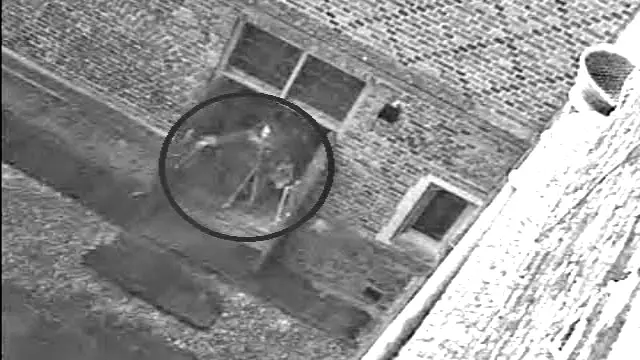In 1890 a group of businessmen came together to form the Kennard Novelty Company.
They had noted an instant interest in talking boards. These boards had been developed by spiritualists in order to communicate with spirits in a more efficient way than tapping on tables.
These businessmen decided to mass market this new phenomenon in America and cash in on its success. Their first hurtle was what to call this board. One of the men’s sister-in-laws was a medium.
Helen Peters and the group decided to ask the board what was its name? Peters led the session and told the group the boards’ response was “Ouija.” She then asked the board what this word meant—its response was “Good Luck.”
Most people who have gotten real responses from Ouija boards have not experienced what they consider good luck.
The group patented the board in 1891. This newly named Ouija board became an instant success and has continued in popularity for all the decades since.
 |
| William Fuld factory. |
By 1893 one of the stockholders, William Fuld took over ownership of the company—he guided the company through its boom years. He fell off the roof of one of his factories and was killed—he ironically was up there following the advice of a Ouija board. Fuld’s company was sold to Parker Brothers in 1966.
In the 1960s the board gained more notoriety with a rising interest in the occult. By this time the sale of boards brought in millions of dollars.
In 1973, with the release of the film The Exorcist the boards gained a reputation with the general public as being evil—a portal to hell. In this film the main character, a girl named Regan, used a Ouija Board and connected with a spirit named Captain Howdy who was actually the demon who possessed her.
This fictional film brought to light something that many already knew. People felt the Ouija should not be used as a parlor game for they knew how dangerous playing with one could be.
In John Harkin’s book, Ouija Board Nightmares he gives many examples that support the fact these boards are not toys.
Early on in his book he shares several stories of how Ouija boards have caused mental distress and even insanity in people who played with them.
Throughout the 1920s and 30s there are several documented cases of people who committed murders—they claimed their Ouija boards told them to do it.
One vivid example Harkin shares happened in 1930 in Buffalo, New York. Two Native American women were put on trial for murdering the wife of the famous sculptor Henri Marchand.
They beat Clothide Marchand to death with a hammer. One of them told the authorities that they had communicated with her husband while using a Ouija board. He told her that Marchand was a witch who had killed him.
Another example Harkin shares involves an entire town.
In the 1920s, over a course of a few short weeks the police in El Cerrito, California arrested seven people. All were driven insane after playing with boards. A national headline at the time read, Whole Town Ouija Mad.
A 15-year-old girl was found naked and acting crazy after communicating with the spirits. In the following days this madness spread. It even affected a local police officer that ran naked into a bank screaming.
As a result the town officials banned Ouija boards within the city limits.
John Harkin goes on to share numerous modern day stories of how Ouija’s have scared and caused danger to those who have used them.
John Harkin goes on to share numerous modern day stories of how Ouija’s have scared and caused danger to those who have used them.
























